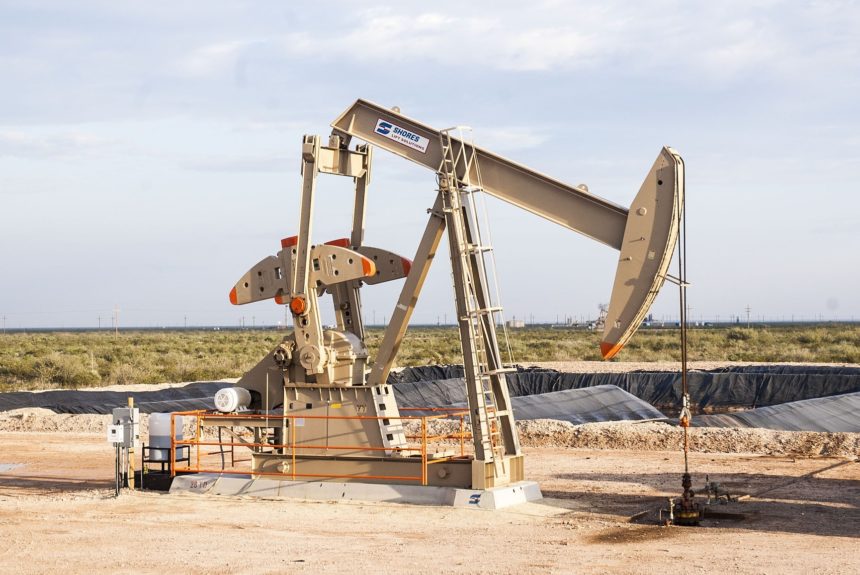Daniel Yergin writes in The Wall Street Journal about global oil markets.

- While conflict in the Middle East usually leads to higher oil prices, the opposite has happened in the wake of Hamas’ brutal attack on Israel.
- One reason for this is that the United States has become the largest oil and gas producer in the world and supply is now easily meeting demand.
- Another reason for this is that the politics of oil have changed and the Arab Gulf countries want to be thorougly integrated into the global economy.
“Despite roiling the region politically, the war between Israel and Hamas doesn’t threaten supplies directly. That would change if the war were to spread or expand into areas housing the infrastructure—production facilities, tankers and pipelines—that enables the flow of oil and gas. About 21 million barrels of oil pass through the Persian Gulf and Strait of Hormuz daily, along with substantial amounts of liquefied natural gas. Since the U.S. shale revolution, the bulk of those supplies now head to Asian markets.”
Read the full article here.
The views and opinions expressed are those of the author’s and do not necessarily reflect the official policy or position of C3.
